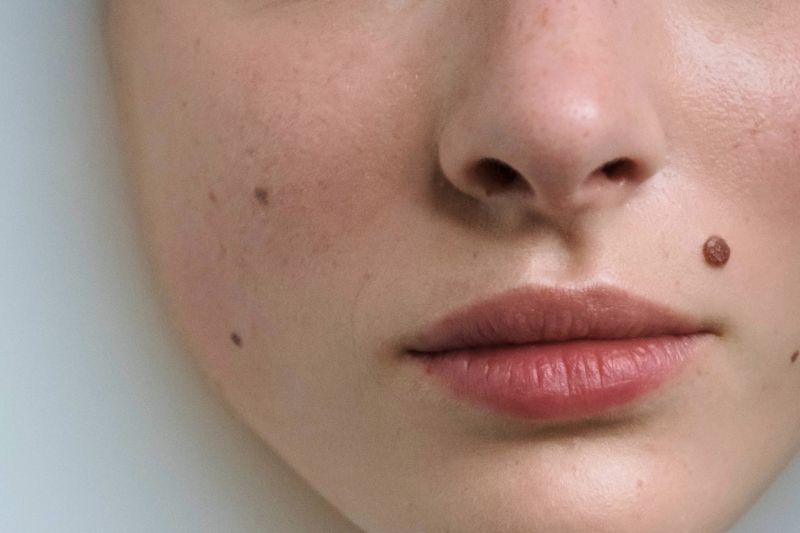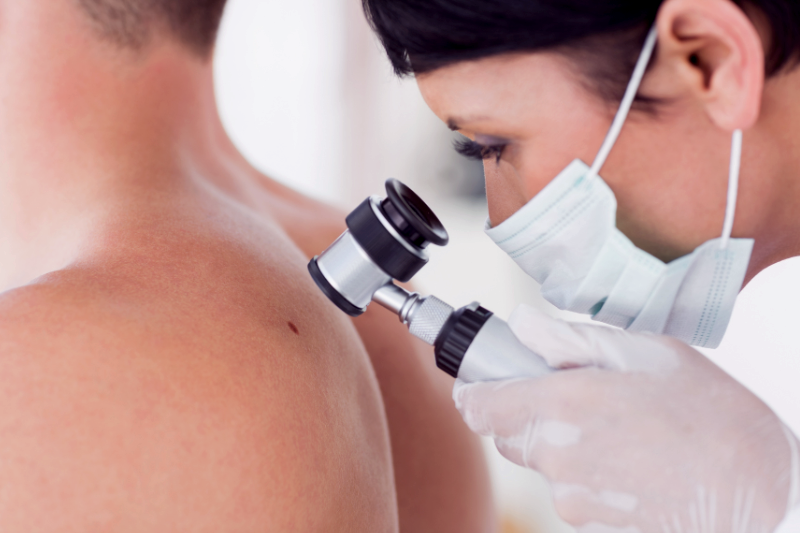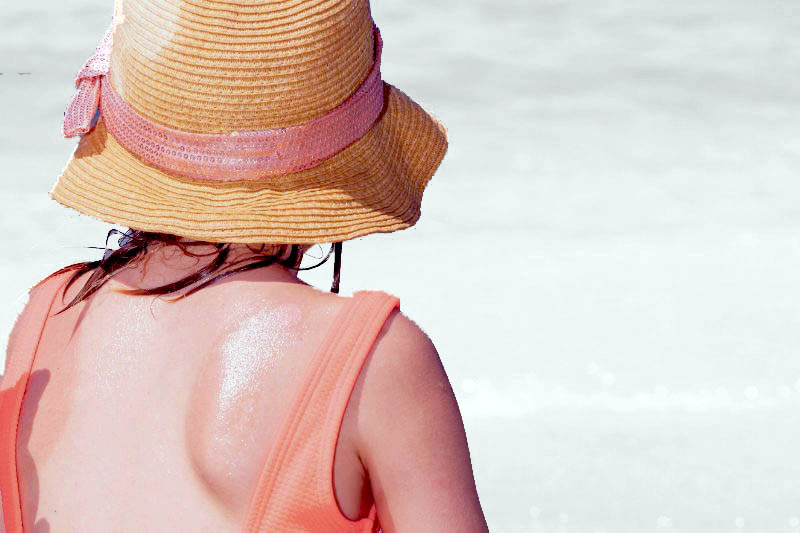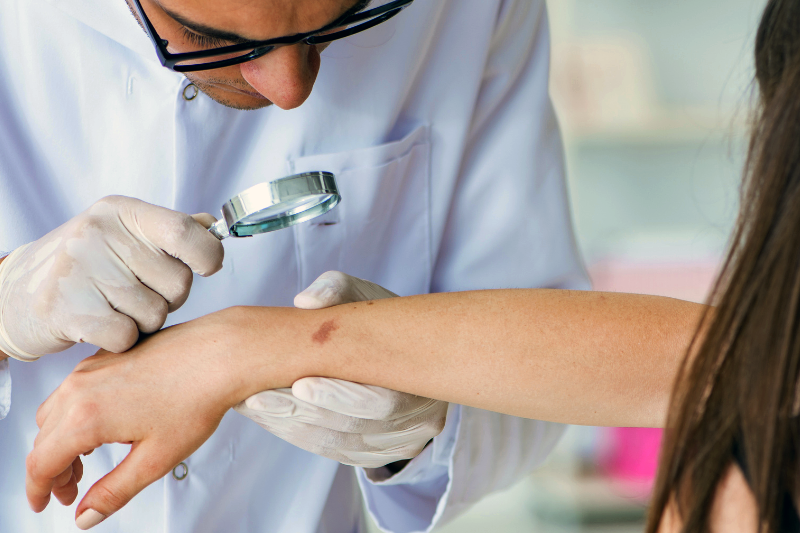
Dysplatic Naevi
Dysplastic Naevi are moles which are characteristically large, flat (totally or partially) with irregular shape, indistinct borders and variable pigmentation. These can be extremely difficult visually to differentiate from Melanoma.
Who has DN?
It is quite common for any individaul to have a small numbr of these moles scattered amongst otherwise normal looking moles.
Some individuals have increased numbers of DN, sometimes in extremely large numbers, with many of the naevi looking quite bizarre. There is a strong genetic tendency associated with these naevi.

What is the significance of DN?
As noted earlier, DN may be difficult to differentiate from melanomas and thus make diagnosis difficult without further examination and or testing.
DNs may be precursors for melanoma. However, of greater importance, is that individuals with large numbers of these moles may be at significantly greater risk of developing melanoma, especially if there is also a family history of melanoma.

Where do they occur?
They occur most frequently on sun-exposed areas but particularly on intermittently sun exposed areas, such as the back. When present in large numbers they are usually also associated with large numbers of normal moles.
What do I need to do if I have DN?
People with multiple DN need regular skin screening, especially if they come from melanoma prone families. They need to be screened by a Dermatologist who will appraise their risk and determine the method and frequency of their follow-up. Patients deemed to be at high risk for melanoma are ideally screened with serial photographya and serial digital dermoscopy. Meticulous sun protection and education regarding skin self examination is essential for this group of patients. In certain instances it will be recommended that family memebers also be examined and receive appropriate education.
DN need only be removed when clinically suspicious for melanoma. Removal of all DN is not recommended.

